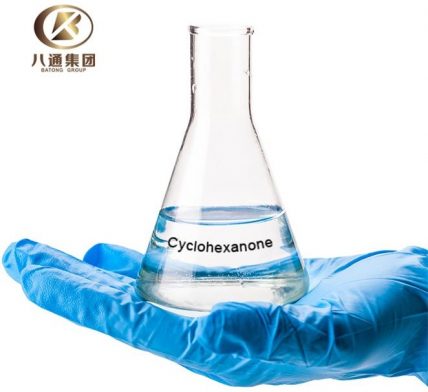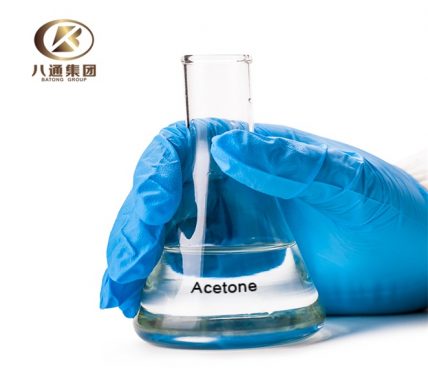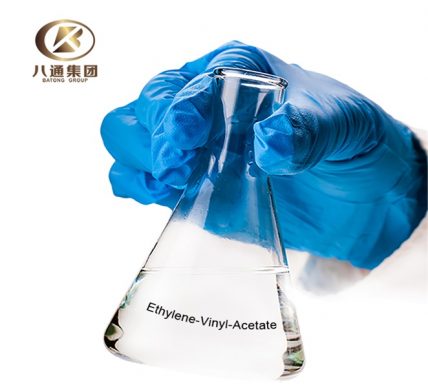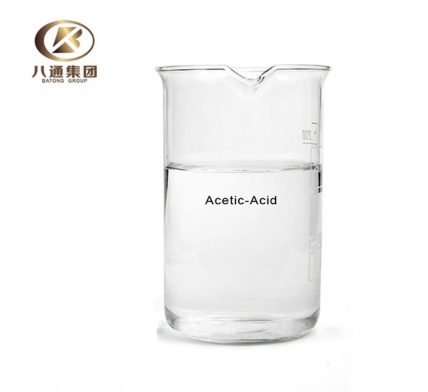Acetic Acid can be produced by artificial synthesis and bacterial fermentation. Biosynthesis, that is, the use of bacterial fermentation, accounts for only 10% of the world's production, because food safety regulations in many countries stipulate that vinegar in food must be prepared by biological methods, and fermentation methods are divided into aerobic fermentation and anaerobic fermentation.
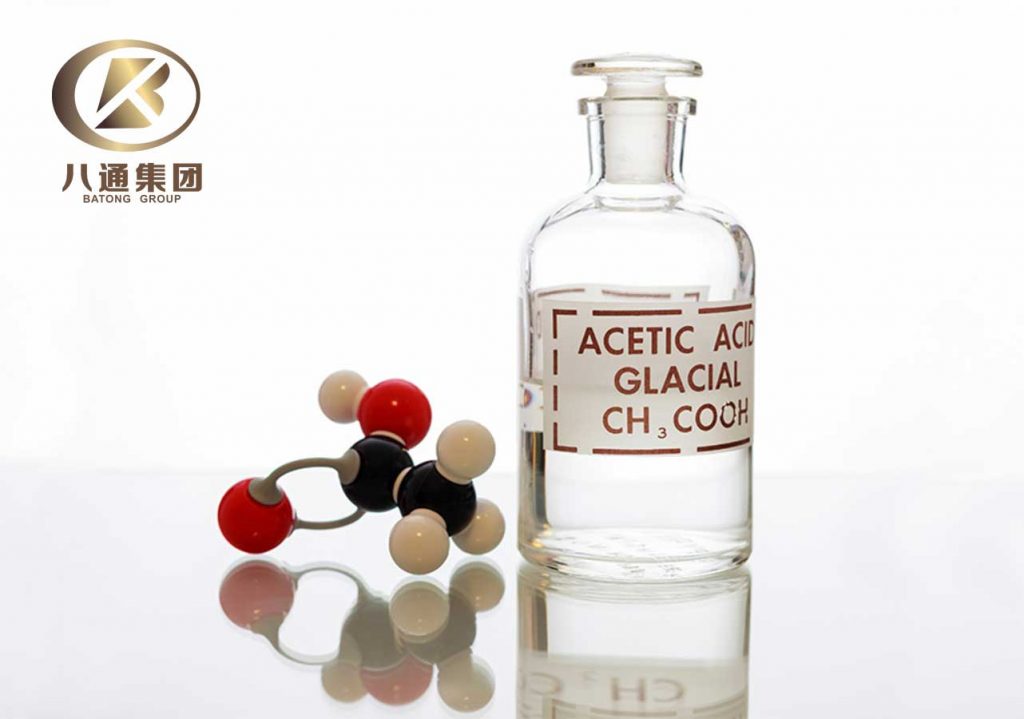
Aerobic Fermentation: In the presence of sufficient oxygen, bacteria of the genus Acetobacter can produce acetic acid from foods containing alcohol. Commonly used is cider or wine mixed with grain, malt, rice, or potatoes mashed and fermented. These substances can be fermented into acetic acid under the action of catalytic enzymes under oxygen.
Anaerobic Fermentation: Some anaerobic bacteria, including some members of the genus Clostridium, can convert sugars directly to acetate without ethanol as an intermediate. Sucrose can be fermented to Acetic Acid in the absence of oxygen.





